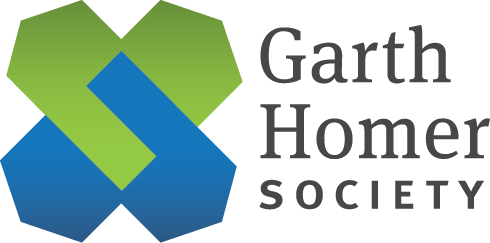
A life, a home, and a place in the world
The Garth Homer Society is grateful to operate on the traditional lands
of the Lekwungen and W̱SÁNEĆ nations.
A life, a home, and
a place in the world
The Garth Homer Society is grateful to operate on the traditional lands
of the Lekwungen and W̱SÁNEĆ nations.
A life, a home, and a place in the world
The Garth Homer Society is grateful to operate on the traditional lands
of the Lekwungen and W̱SÁNEĆ nations.

Our Mission
To provide services and opportunities that enable people with disabilities to make a life, a home, and a place in the world.
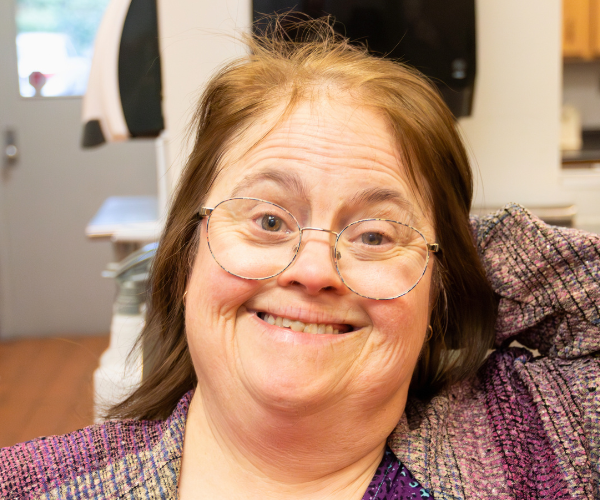
Our Values
At the Garth Homer Society
we believe that everyone:
- Has the right to participate fully in the community
- Deserves to feel valued for who they are
- Gets to make informed choices about what happens in their life
- Has the right to services tailored to their goals
- Has something to contribute to the community

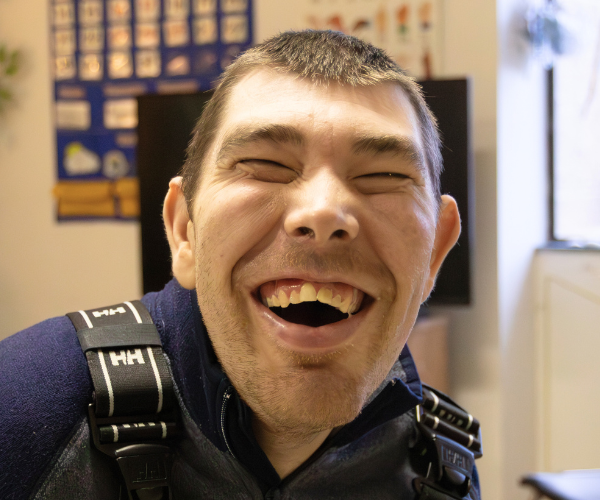
Proud To Serve
When people come to the Garth Homer Society, they embark on a journey of personal growth, skills development and increased independence through our five pillars of learning: Knowledge, Body & Health, Community, Service, and Self. Our unique individualised, person-centred approach provides people with a lifelong continuum of support – from transitioning to adult day services, to pursuing gainful employment and community participation, to geriatric and dementia-support services. We want people to approach each day with a sense of purpose and belonging.
Our History
The Garth Homer Society found its beginning in the very need we still focus on today – to create a sense of belonging. This mission began in 1960 when a group of families, led by Phyllis Sutton, came together to form the Arbutus Arts and Crafts Society to meet the needs of their family members and their peers.
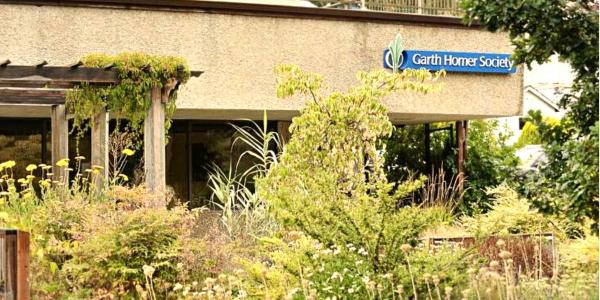
In 1968, at the urging of community leader Garth Homer, the Executive Director of the Community Social Planning Council of Greater Victoria, Arbutus Arts and Crafts joined with other family-driven groups to develop an activity centre for adults with disabilities.
Garth Homer passed away in 1976, and the Garth Homer Centre, named in his honour, opened in 1977 as the permanent home for the Garth Homer Society – the organization that emerged from the collaboration of the smaller agencies. The Garth Homer Society has continued to evolve over the years to meet today’s diverse and complex care needs of adults with developmental disabilities.
Past, Present & Future

Phyllis Sutton with a group of families forms Arbutus Arts and Crafts Society

Garth Homer Centre opens and is home to the newly formed Garth Homer Society

The Garth Homer Society supports over 230 people with diverse needs at five different locations around the Greater Victoria Region

The new Garth Homer Centre, part of the Nigel Valley Redevelopment Project, will include community space, program space, and residential opportunities

The possibilities are endless. Join the conversation, and be a part of sculpting the future for the Garth Homer Society

Very caring group doing amazing work in the community.

Stacy

Building For The Future
The Nigel Valley Project in Saanich, BC, holds immense potential for the Garth Homer Society and its participants. As a society dedicated to providing support and enriching the lives of individuals with developmental disabilities, the project offers a unique opportunity for our clients to engage with nature and enjoy a serene and accessible green space. The natural beauty and diverse ecosystem of Nigel
Valley can serve as a therapeutic and inclusive environment, fostering a sense of wonder and connection for our participants. Through collaboration and engagement with the community, the Garth Homer Society can actively contribute to the conservation efforts of the valley while also benefiting from the project's recreational and educational opportunities. The Nigel Valley Project
aligns perfectly with our mission of creating a life, a home, and a place in the world for our clients, ensuring they have access to enriching experiences and a greater sense of belonging in their local environment. As this initiative unfolds, it promises to provide a meaningful and sustainable platform for the Garth Homer Society to continue making a positive impact on the lives of those we support.

Very caring group doing amazing work in the community.

Stacy

Very caring group doing amazing work in the community.

Stacy
The Garth Homer Foundation
The Garth Homer Foundation provides funds to the Society to support people with developmental and other disabilities to make a life, a home, and a place in the world.

A great inclusive environment where everyone is celebrated for their diversity.

Rick

A great inclusive environment where everyone is celebrated for their diversity.

Rick
Our Community,
Our Stories
At the Garth Homer Society, the people we serve are the heart and soul of our organization. Each individual we support has a unique journey, filled with triumphs, challenges, and aspirations. We take immense pride in creating a nurturing and inclusive environment where their voices are heard, their dreams are valued, and their potential is celebrated.
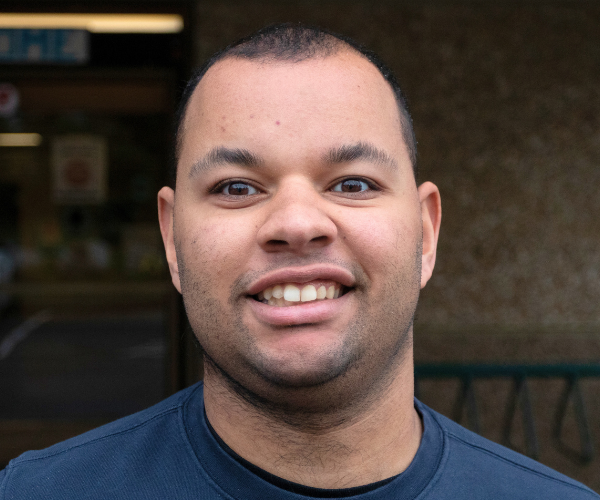
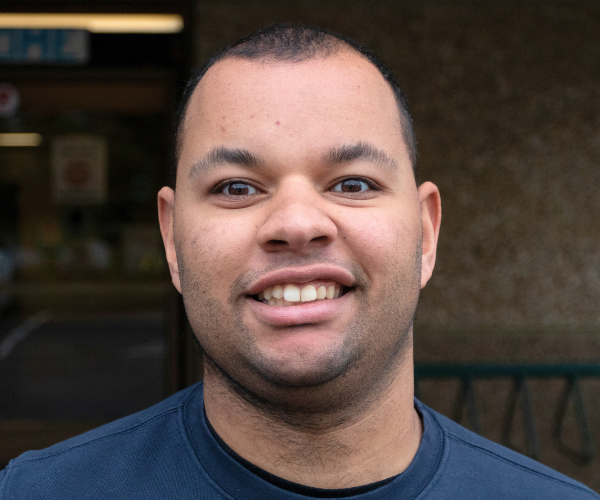
Our Community,
Our Stories
At the Garth Homer Society, the people we serve are the heart and soul of our organization. Each individual we support has a unique journey, filled with triumphs, challenges, and aspirations. We take immense pride in creating a nurturing and inclusive environment where their voices are heard, their dreams are valued, and their potential is celebrated.


Very helpful advice and guidance while we looked at our options.

Leslie

Very helpful advice and guidance while we looked at our options.

Leslie

Very helpful advice and guidance while we looked at our options.

Leslie
Latest News
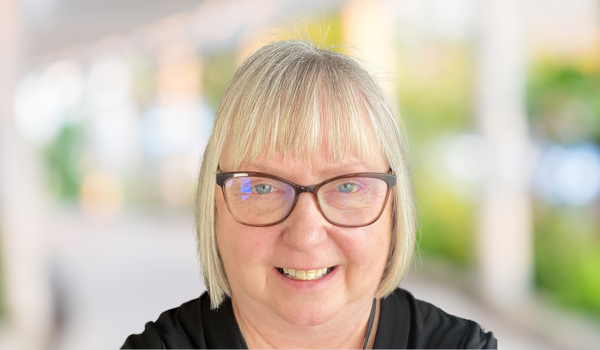
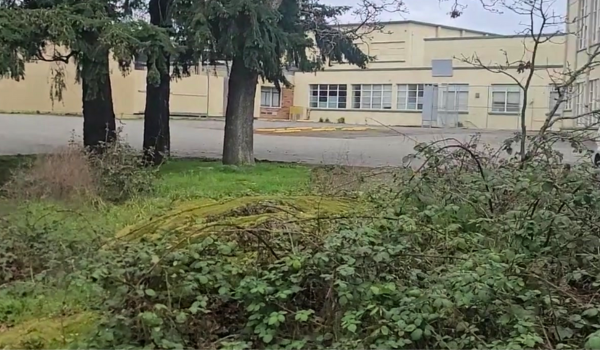

813 Darwin Avenue, Victoria, BC V8X 2X7
ghsinquiries@garthhomersociety.org
(250) 475-2270
More
Stay Connected
Contact Us
813 Darwin Avenue, Victoria, BC V8X 2X7
More
Stay Connected
813 Darwin Avenue, Victoria, BC V8X 2X7
ghsinquiries@garthhomersociety.org
More
Stay Connected
All Rights Reserved | Garth Homer Society | Our Privacy Policy
All Rights Reserved | Garth Homer Society

